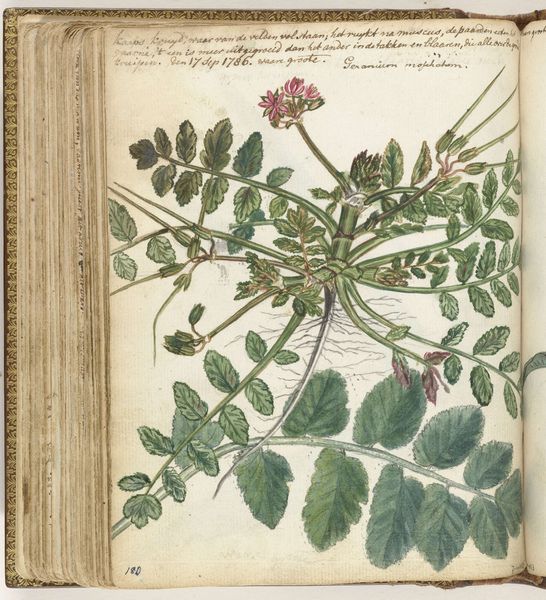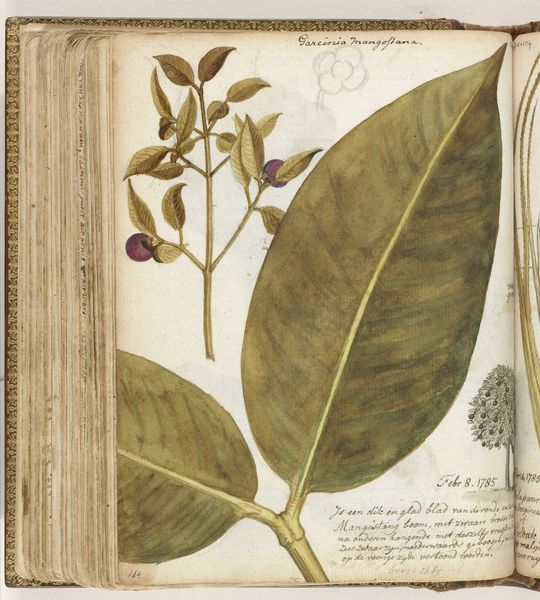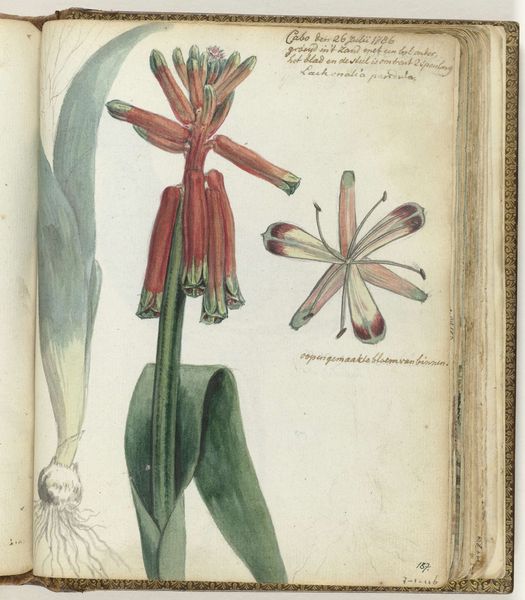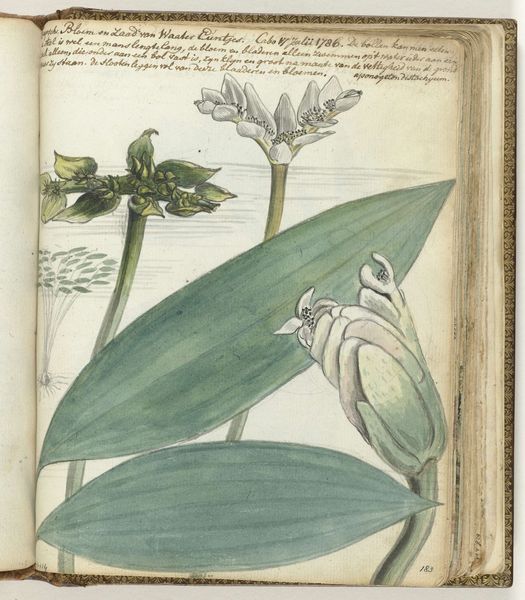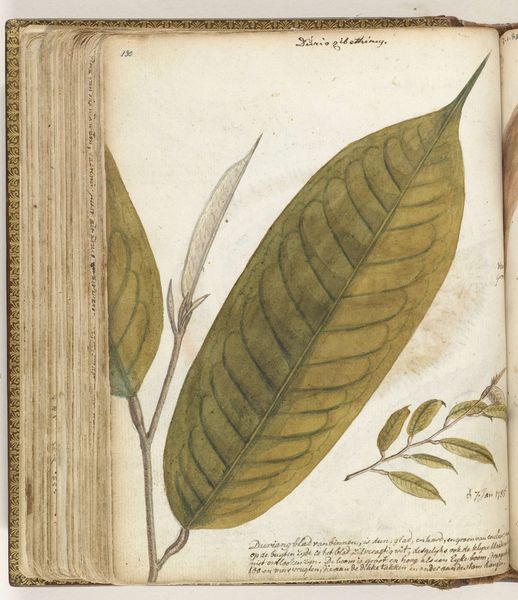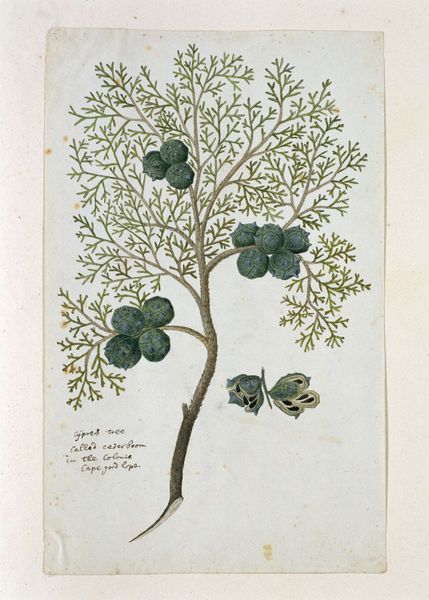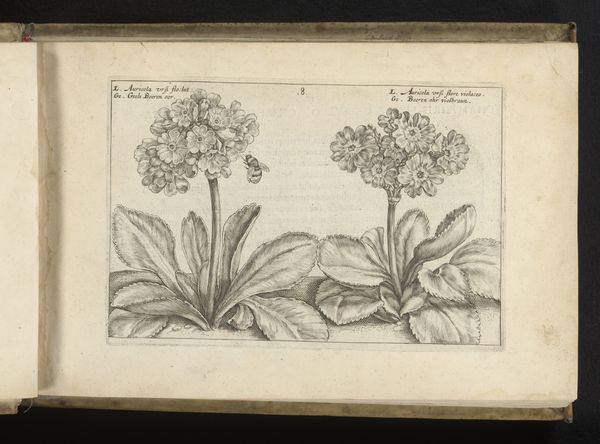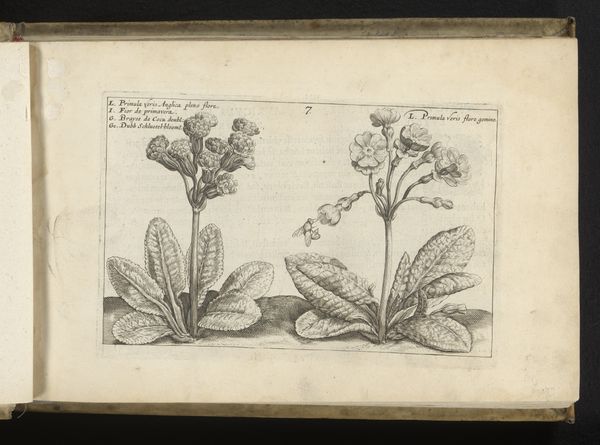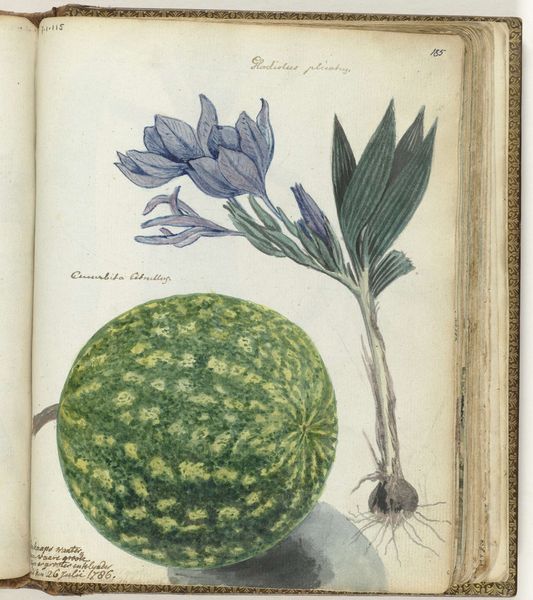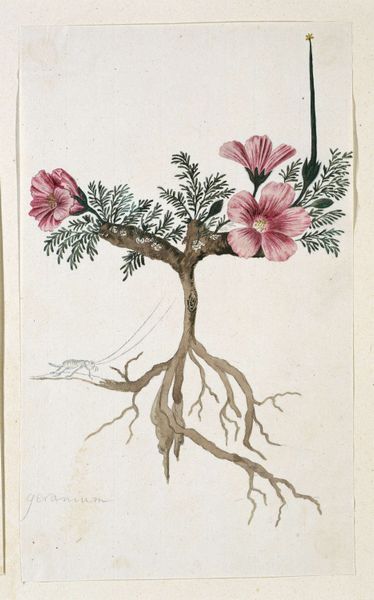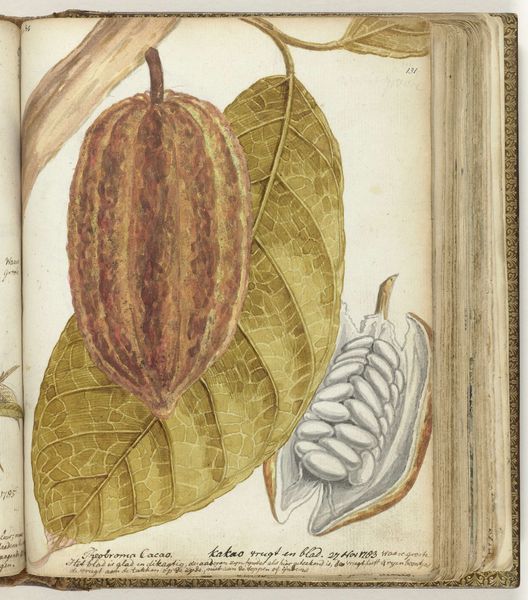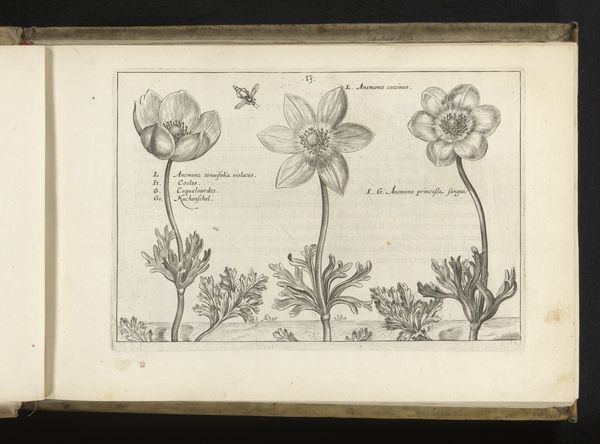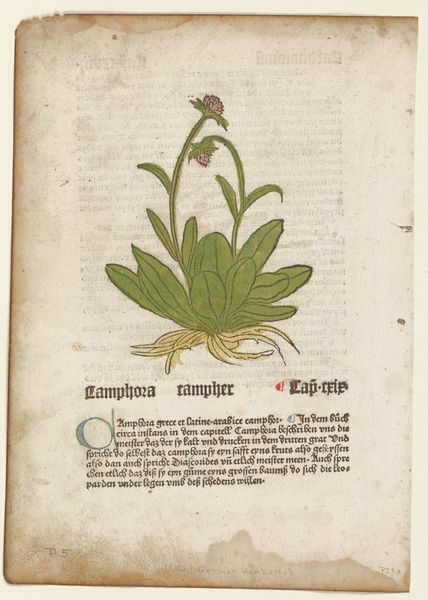
painting, watercolor
#
tree
#
painting
#
landscape
#
watercolor
#
coloured pencil
#
botanical art
#
watercolor
Dimensions: height 195 mm, width 155 mm
Copyright: Rijks Museum: Open Domain
Curator: Let's examine this botanical study of the "Kaapse hageboom" – possibly from 1778 by Jan Brandes. The watercolor rendering captures delicate details, but it's not simply a pretty picture. Editor: Right. It's quite detailed and serene, but almost feels like a scientific illustration. How do you interpret this work? Curator: Consider Brandes' role as a Dutch East India Company official. These images weren’t made in a vacuum; they represent a European gaze imposed on the Cape Colony. What does it mean to classify and depict indigenous flora through a Western lens during a time of intense colonial expansion? Editor: So it’s about power and control as much as scientific curiosity? The act of naming and documenting, a way of possessing, maybe? Curator: Precisely. And who benefits from this knowledge? Understanding these artworks within their historical context allows us to unpack the complex relationship between colonialism, scientific exploration, and the construction of knowledge. Who decided what was beautiful or worth studying? Editor: I see. It reframes how we look at even seemingly neutral depictions of nature. This piece becomes a document reflecting the power dynamics of its time. Curator: It’s about acknowledging that history isn't detached from the present. When we look at historical depictions like this, we must remain critical of how those representations affect the ongoing narrative around these colonized lands. What do you take away now? Editor: That art, even botanical illustration, can be a powerful tool for understanding our colonial past and its enduring legacy. It shows we need to think critically about who is telling the story, and why.
Comments
No comments
Be the first to comment and join the conversation on the ultimate creative platform.
